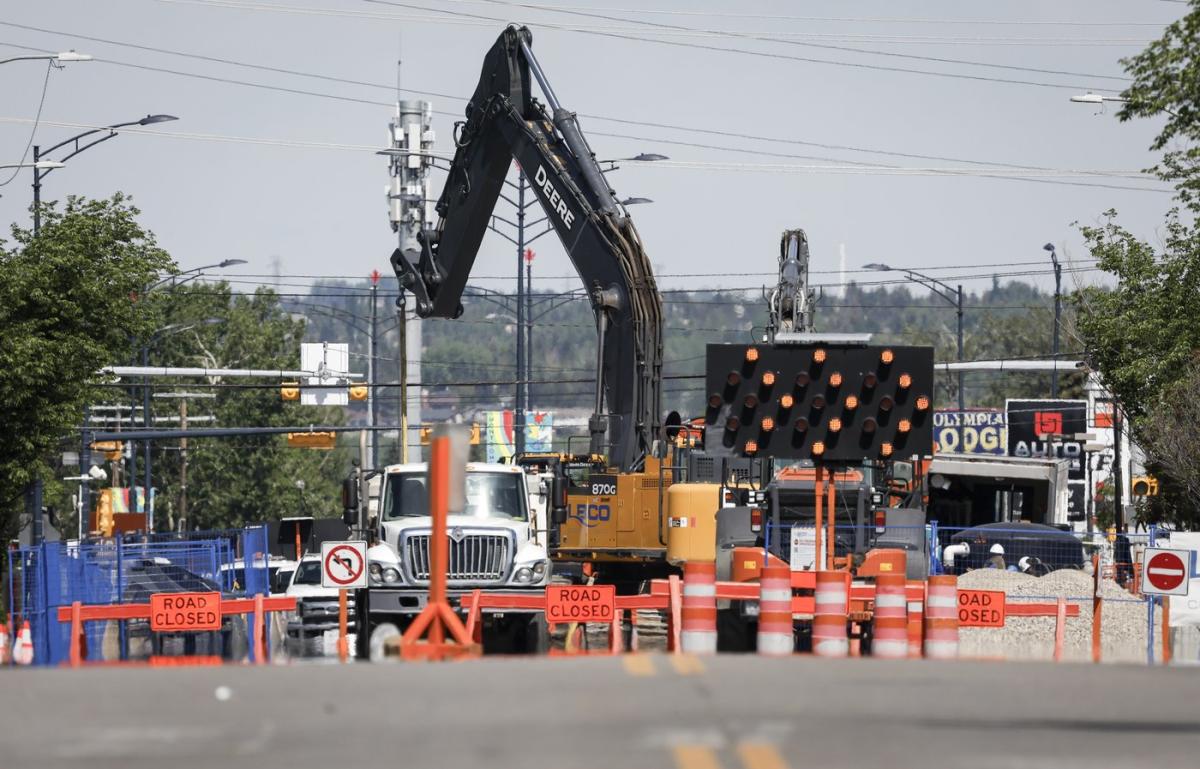


CALGARY — City officials say they have found a way to ease some of the strain on Calgary’s water system while a major pipe is again shut down for repairs.
But Michael Thompson, with the infrastructure services department, says that doesn’t change a ban on outdoor watering and a request to cut down on showers, toilet flushes, laundry and dishes.
Thompson says the city has determined that by retooling some pumps it can sustainably handle daily water use of 485 million litres during the roughly month-long water main outage.
That’s up from the 450 million litres it had previously been targeting but well below the 600 million litres the city typically consumes every day.
Calgary has seen an average of nearly 495 million litres going down the drain every day since the latest restrictions took effect on Aug. 26.
Thompson says bylaw officers handed out five tickets over the long weekend, with fines of $3,000 each, and there have been 755 complaints lodged against homes and businesses since the restrictions began.
“While it’s positive that we are able to move more water with our new configuration, it’s imperative that we do all we can to reduce our water use and have demand drop to more sustainable levels,” Thompson told a news conference Tuesday.
It’s the second round of rationing for Calgarians since the Bearspaw South Feeder Main burst in the city’s northwest in June.
Further examination on the more than 10-kilometre pipe found several trouble spots that need to be dug up and repaired urgently to avoid another catastrophic break.
Thompson said daily water usage of between 485 and 500 million litres would be pushing it.
“At this rate, we have difficulty topping up underground storage tanks. Unanticipated water needs become concerning, and we cannot take pumps off-line for maintenance as we are pushing and straining the system at its maximum,” he said.
Calgarians used 505 million litres of water on Monday.
“Any water use above 500 million litres of water per day is simply not sustainable,” said Thompson.
“We are unable to replenish the underground storage tanks in your neighbourhoods overnight and we are at a greater risk of running out of water before the urgent repairs are complete and the feeder main is brought back into service.”
This report by The Canadian Press was first published Sept. 3, 2024.
Lauren Krugel, The Canadian Press